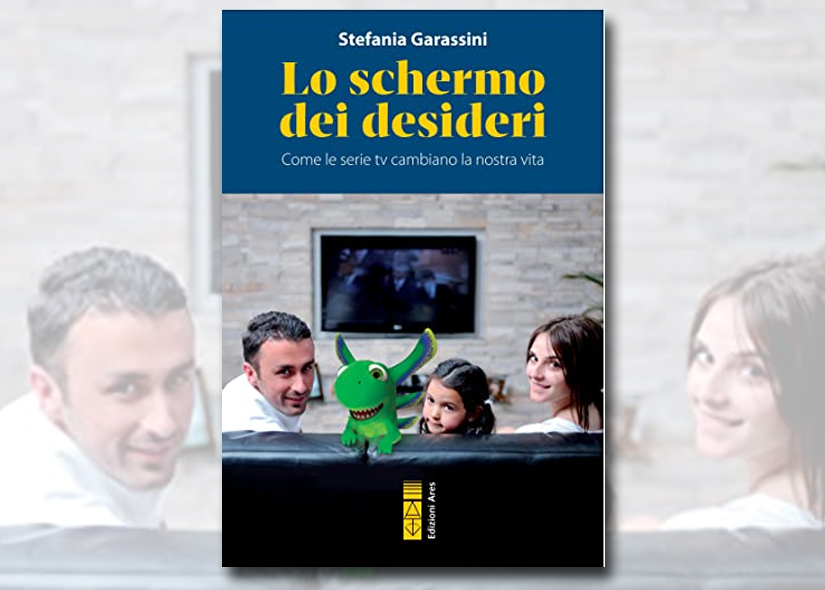The Eskimo Family: Nanook Revisited
One of my top movies is Robert J. Flaherty’s Nanook of the North
(1922). I consider it a masterpiece but I especially like it because I
discovered it in my teen years. It’s a cross between a rugged documentary
portrait of the life and traditions of Eskimos in the beginning of the
twentieth century and an incredible adventure story.
It formed part of my education along with other films, books and works of
art that today would be called “noncommercial”.
Explorer, geologist, and cartographer Robert Joseph Flaherty had his first
contact with Eskimos while exploring Hudson Bay (Canada) for the railroad
entrepreneur William Mackenzie.
Mackenzie encouraged him to document his third expedition with a novel
device: a Bell and Howell cinematographic camera with which Flaherty rolled
10,000 meters of film to record landscapes and the inhabitants’ customs
that interested him more and more. Subsequently, the film was lost in a
fire in the editing room in Toronto. Flaherty, however, saw the disaster as
an opportunity to shoot a new film since he wasn’t fully satisfied with his
first recording of the Inuits. So with new ideas, a new focus, and funding
from the fur company Révillon Frères, Flaherty returned to the Hudson Bay
to film a new movie.
As he himself stated, Flaherty tried to “show the antique majestic
character of these people while it was still possible, before the white man
destroys no only their culture, but the people themselves”. He thus decided
to focus on the life of a particular Eskimo, Nanook the hunter, and his
family, in order to narrate the authentic life of the inhabitants of Port
Huron. In his first film, he shot people and actions, but this time, he was
to capture the actions of a specific person. Furthermore, he even brought
with him a portable laboratory to reveal and copy in situ so that
Nanook and his family could see the filmed material and understand the film
process step by step. People say that Flaherty didn’t make a film on Nanook but with Nanook. I believe it was this decision
that transformed Flaherty into a true filmmaker, giving meaning and
direction to his films. It’s an ancient idea: “man is the measure of all
things created”.
Flaherty lived with Nanook and his family for over a year. He filmed how
they hunted, how they fished, how they traded, how they ate, how they built
their igloos and kayaks, how they played and had fun, how they taught and
learned, how they lived and how they loved. With scarce technical
resources, he managed to create a fresh, vivid, complex, unusual and
beautiful story about the survival of a group of human beings in extreme
conditions, their solidarity and their ingenuity.
As it often happens with masterpieces, Nanook of the North
generated a plurality of readings and analyses that relate to particular
aspects, such as the Flaherty’s filming methods or the influence of his
film in the Weltanschauung of his contemporaries among others,
according to the paradigm of his time. Fans and critics with an innocent
love for film have given thousands of varying opinions, from judging it to
be without doubt a truly beautiful film to attributing to it perverse
effects such as colonization, since in certain sequences it gives hungry
Western eyes a chance to feast upon images of Inuit life in the Artic.
This is not the place to provide a catalogue of interpretive logomachies,
describe the genesis of the film, or expose wary speeches. My aim is to
affirm the values that Flaherty’s film can bring to the family and the
community in our age. Nanook demonstrates positive values such as
solidarity, cooperation, affection, good sense of humor, parents educating
their children, the conscious struggle for survival. I think Flaherty made
a very sensible film as his portrayal of the family had a global reach. I
won’t hide my admiration for it. I’ve already made it clear that I consider
it a masterpiece.
In my opinion, the idea that the beautiful and the good always go together
in works of art is false. Just look at The Birth of Nation (David
Wark Griffith, 1915) or The Triumph of the Will (Leni Riefenstahl,
1935). Both inspire catastrophic social processes with harmful discourse,
though its cinematographic construction is prodigious.
Win Wenders opens his extraordinary documentary film Tokyo- Ga
(1985) about the work of the Japanese filmmaker Yasujirō Ozu with the
beautiful, and in my opinion, good words, “For as much as these films are
typically Japanese, they are at the same time universal. I have recognized
in them all of the families in the entire world, and also my parents, my
brother, and myself. For me, neither before nor after has film ever been so
close to its essence and its purpose: to offer an image of the man of our
century- a useful, true, and valid image in which one can recognize
himself, but above all, one in which he can learn something about himself.”
I think that something similar happens with Nanook of the North.
Flaherty believed that the success of his documentary is due to the viewers
worldwide: watching the Eskimo family with the privileges that film grants,
they were able to recognize their own lives. Apart from all of the
contradictions that exist in any work of art, I think that Flaherty offers
this useful, true, and valid image in which we can all recognize ourselves.
Reflecting upon the landscape of current films, it would be a good idea to
“rescue” Nanook from the film lover’s archives. Project it in
children’s classrooms dosed in small capsules, or project the entire film
and properly explain it, given the aversion that teens and the younger
generations have towards black and white films. Some schools have already
been doing this, though in a way that I think is too reticent, almost
always as a mere support for certain humanistic subjects. For me, the
reason is obvious: no parent would question the student of mathematics,
language or physics. But cinema, with a long history and a great number of
significant works, continues to be seen as a hobby that, at best, reaches a
postmodern film junkie or is lost in a mere myth-mania.
Meanwhile, children and teens continue to be parked for hours and hours in
front of television and computer screens with “parent control” because we
don’t take seriously the audiovisual image that transmits values and molds
behavior. More sensitive eyes can be educated through the lens of the
filmmakers that illuminate our reality and detach our conscience from the
most immediate messages.
(*) Bosch Javier Azcona is a professor of screenwriting and documentary
filmmaking at the Catholic University of Valencia.














